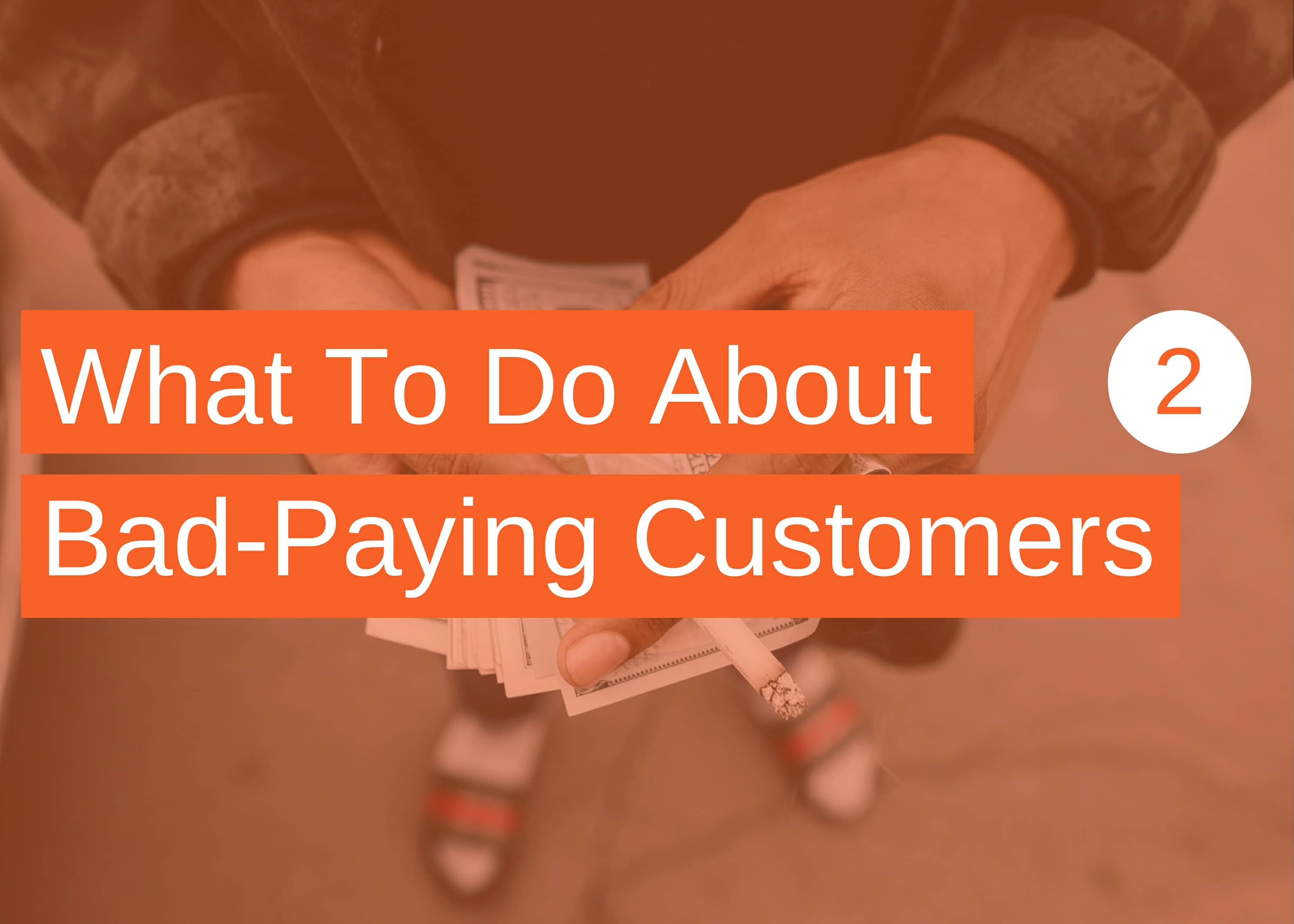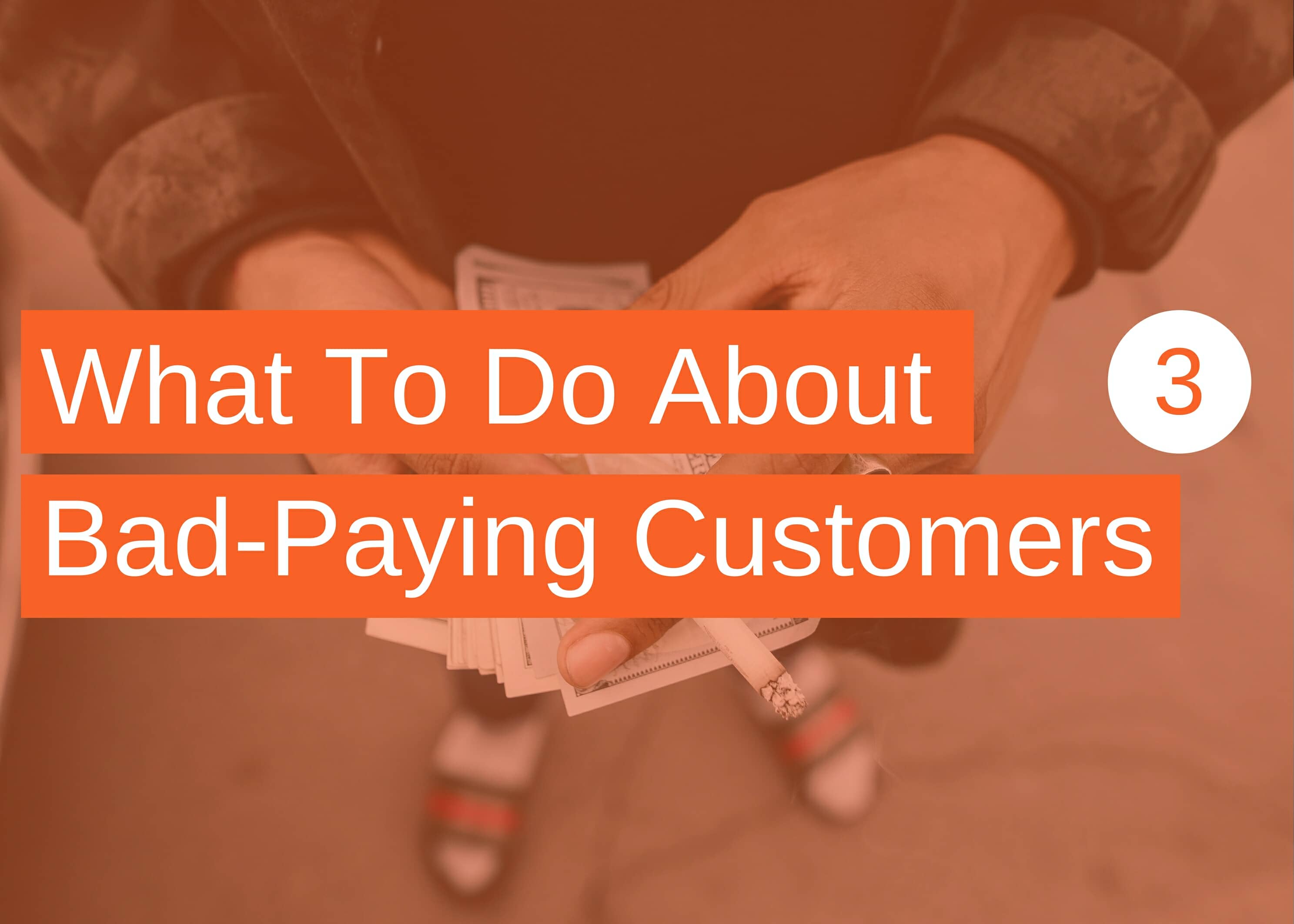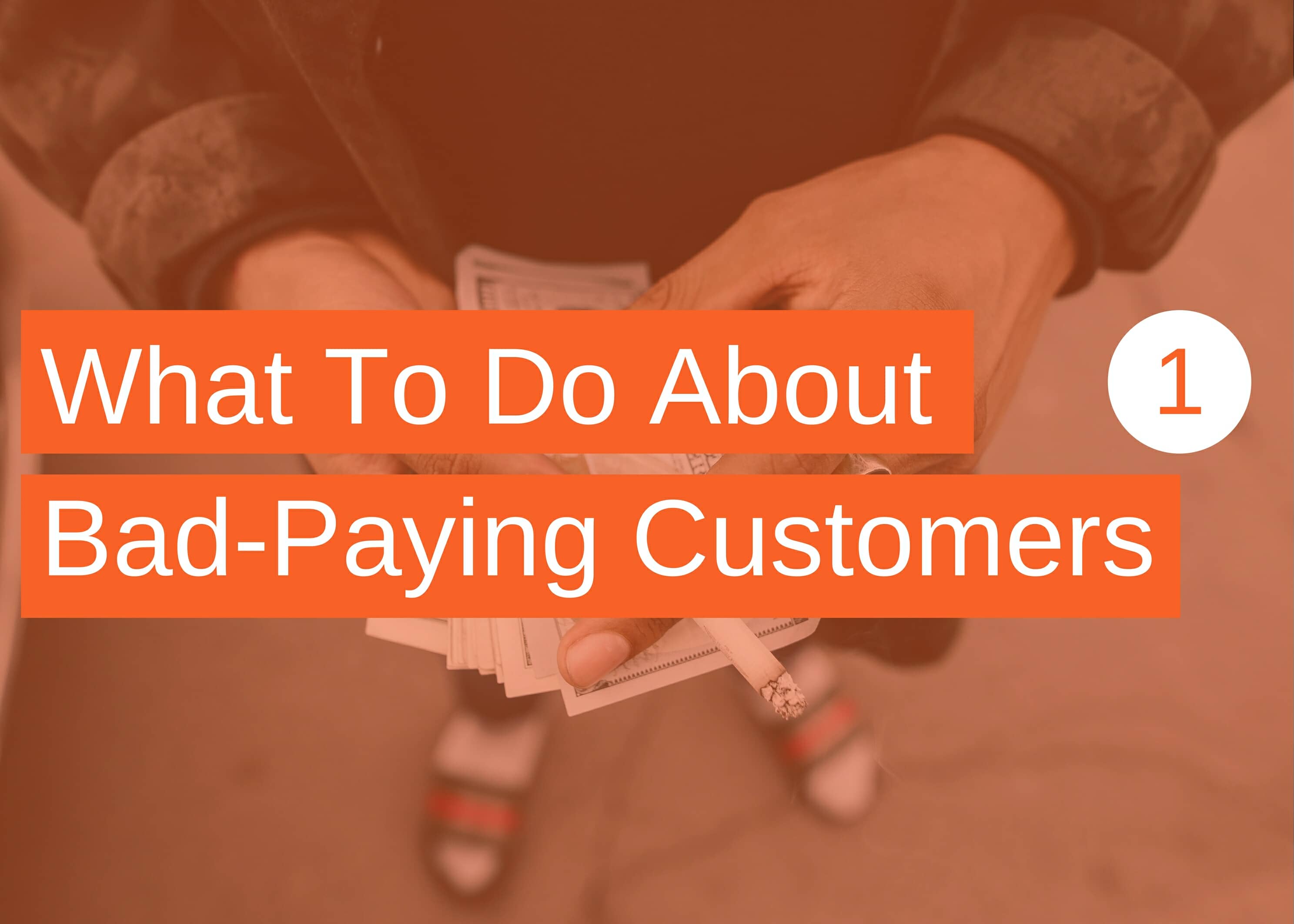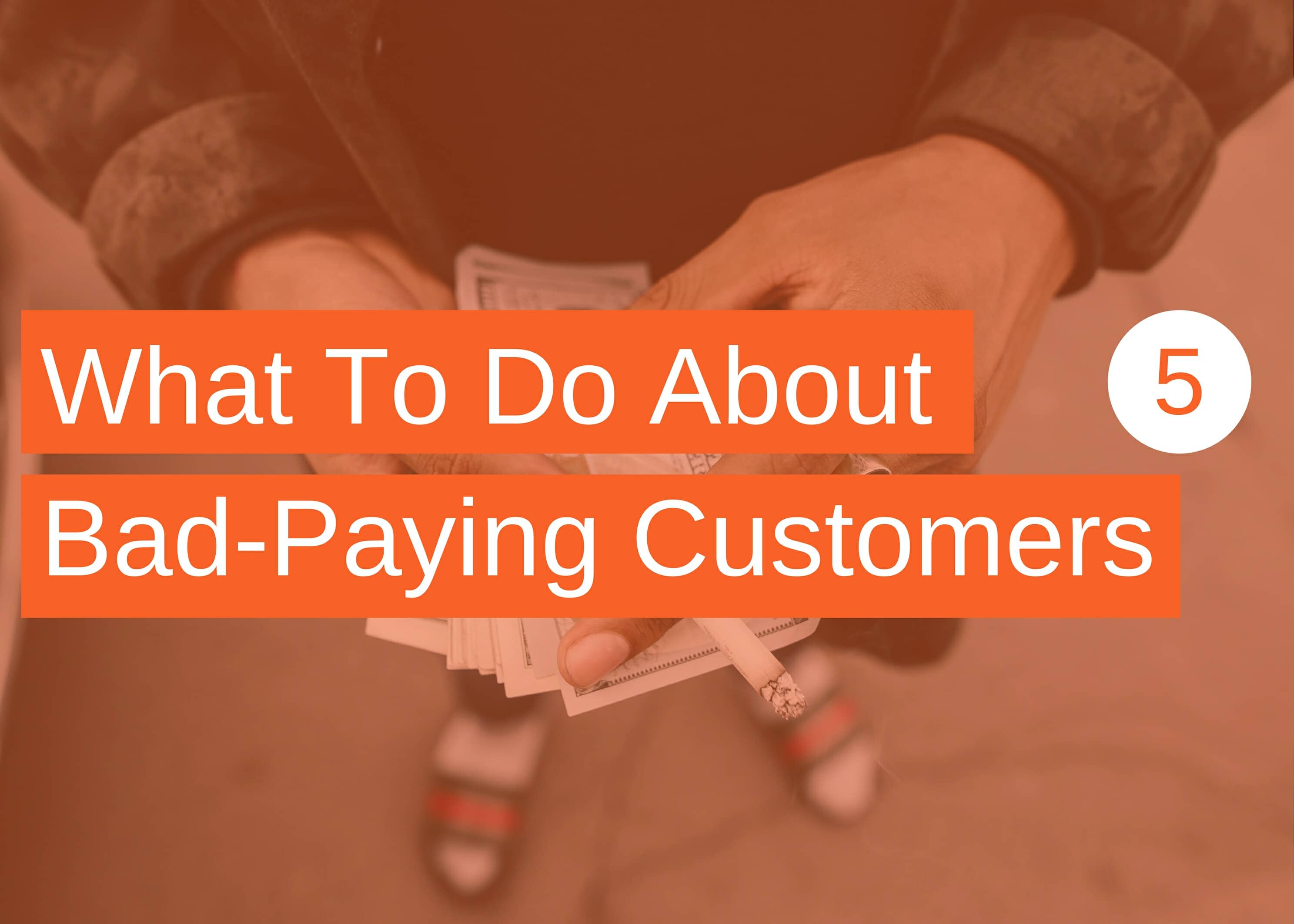Welcome to Part 2 in our series What To Do About Bad-Paying Customers. Last week we delved into the question “what actually makes customers ‘good’ or ‘bad’?” and identified the four types you should be classifying your customers by when it comes to assessing your credit control chasing.
This week we’re following on from that with the big focus of the series - escalating your chasing. It’s all too easy to implement a one-size-fits-all approach to escalation, harassing your good-paying customers with escalation intended for bad-paying customers, or letting escalation become an ad-hoc, lawless task which lets your bad-paying customers continue to starve your cashflow.
If you haven’t yet read Part 1 in this series, head over and give it a read first to get the most out of this post. Without further ado, let’s get stuck in.
What is escalation?
Although optimising your chasing frequency will do wonders to get your invoices paid sooner, there will always be customers out there who continue to pay invoices late. This is where escalation comes in, upping the ante and making your chasing more effective.

The three core components of escalation are as follows:
- Changing the tone of your chasers
- Changing the sender of your chasers
- Changing the recipient of your chasers
The art of amazing credit control is knowing exactly when to shift your chasing into high gear - changing strategy from increasing chase frequency to manipulating the above components.
Why escalate?
To refresh ourselves on the customer type breakdown from last week’s post, your customers can be, ranking from best to worst:
- Superstar Customers - pay on time, credit-worthy, responsive, friendly
- Friends In Need - former Superstar Customers who are starting to become a solvency risk
- PITA Customers - will always pay you, but almost always late
- Red Alerts - former PITA Customers with increasingly late payment trends; a solvency risk
Each of these customer types requires a tailored escalation strategy to achieve the best outcome: getting your invoice paid sooner, boosting your cashflow, and preserving the relationship.
With Superstar Customers and PITA Customers, the question of payment is always when, not if. For Friends In Need and Red Alerts, the question of payment is if, not when. A solvency risk is an entirely different ball game to escalating chasing and, as such, we’ll cover how to deal with those two customer types in a future post. In the meantime, any customers you identify as Friends In Need or Red Alerts require serious consideration as to whether you should continue selling to them on payment terms.
When to escalate: Superstar Customers
Before we dig into when to escalate your chasing for PITA Customers, let’s quickly cover situations where your Superstar Customers miss a due date. With these customers, it’s always best to assume there is a good reason they haven’t paid on time and to be as un-heavy-handed as possible in chasing them. Our Founder & CEO David Tuck says, from his own past experience as a Finance Director:
“At the end of the day credit control is about trust. The word credit comes from the latin word ‘credere’, which means to trust. Superstar Customers are ones that you trust intend to pay their invoices on time. If they haven’t done so, you trust that there is a good reason why. Premature escalation belies that trust.
At WAYN, our biggest customer was a South African tourist board. We had a fantastic relationship with them; a genuine friendship. We knew that they’d make sure our invoices got paid. Sometimes they did slip past the due date due to administrative issues. We would always tread carefully in chasing to get the invoice paid. Escalating being a last resort consideration. To do otherwise would have been to contradict the entire ethos of our relationship with them.”
When it comes to your Superstar Customers, you’ll typically only regret escalating your chasing too early rather than too late. With that in mind, always hold out before escalating - keep chasing at the same level and politely inquire if something is wrong on their end (someone might just be ill!).
Outside of this, make sure you stay cognisant about the fact they may be having cashflow difficulties (and potentially becoming a Friend In Need), and also be aware of how much you’re continuing to sell to them in the meantime - you should escalate sooner in situations where you continue selling, to limit your risk.
A good rule of thumb for when to step up and escalate chasing is either four weeks past invoice due date or three post due date chasers - whichever comes first.
When to escalate: PITA Customers
Conversely to your good-paying Superstar Customers, you’ll usually only regret escalating your chasing of PITA Customers too late, never too early. As PITA Customers, it’s well-established that they rarely meet an invoice due date, so there’s little point in delaying your escalation - the relationship doesn’t warrant the grace period of a late escalation, and your cashflow is only going to suffer the longer you wait.
David Tuck further had to say, on escalating chasing with PITA Customers:
“At the end of the day we know, or should know, our customers. And as credit control professionals we know what we’re going to need to do to get them to pay our invoice. PITA Customers are PITAs for a reason. We should acknowledge reality and do what we know we’re going to need to do eventually.
Across three finance teams and tens of thousands, if not hundreds of thousands, of customers and invoices, I have never had a customer that I thought we were going to need to escalate in the end not require it. Why kick the can down the road?”
In general, though, you wouldn’t want to escalate your chasing PITA Customers any earlier than two weeks after the invoice due date. Escalating too early risks further damaging the (potentially already tumultuous) relationship.
Up next...
Over the coming weeks we’ll be continuing our journey of exploring What To Do About Bad-Paying Customers. In our next post, we detail the three methods you can use to escalate your chasing and how best to implement them.
Sign up below so you don’t miss out on essential content to improve your finance function.




